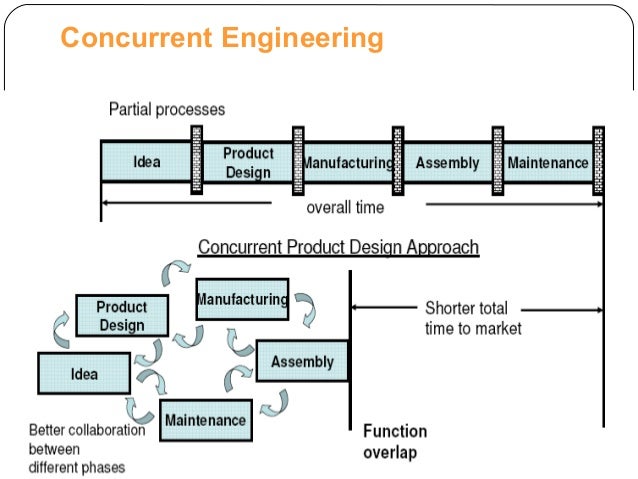Concurrent Engineering Research And Applications
CONCURRENT ENGINEERING: Research and Applications Degree of Modularity in Engineering Systems and Products with Technical and Business Constraints Katja Ho¨ltta¨-Otto1,* and Olivier de Weck2 1Department of Mechanical Engineering, University of Massachusetts Dartmouth 285 Old Westport Rd, North Dartmouth, MA, USA. Concurrent Engineering Research and Applications. The paper discusses the major aspects of this approach and briefly describes three concurrent engineering applications developed in light of.
How Toyota’s product design and development process helps find the best solutions and develop successful products.
advertisement
Toyota Motor Corporation is an industry leader in product development lead time while using fewer engineers than its U.S. competitors. It has also shown remarkable consistency in market share growth and profit per vehicle, which led to cash reserves of $21 billion, exceeding those of the “Big Three” automakers combined.1 The Toyota Production System (TPS), dubbed “lean manufacturing,” has been critical in these accomplishments,2 but we believe that Toyota’s product design and development system is also an important contributor.3
While Taiichi Ohno and others have meticulously described the TPS, the Toyota development system has not been well documented.4 Indeed, Toyota does not use many of the practices often considered critical to successful concurrent engineering and associated with Japanese manufacturers. Its development teams are not colocated. Personnel, with the exception of the chief engineer and his staff, are not dedicated to one vehicle program. Cross-functional job rotation is unusual for the first ten to twenty years of an engineer’s career. Engineering and test functions rarely use quality function deployment (QFD) and Taguchi methods. Toyota excels at value engineering (VE) and value analysis (VA), yet Toyota engineers say they do not use any of the text-book tools and matrices for VE or VA. And there is nothing remarkable about Toyota’s CAD or CAE systems. These practices, then, do not explain Toyota’s effectiveness in developing new vehicles.
Wake up jonas elrod full movie. Jonas Elrod was leading an ordinary life until he woke up one day to a totally new reality. He suddenly could see and hear angels, demons, auras and ghosts. The documentary Wake Up follows this fascinating story of an average guy who inexplicably developed the ability to access other dimensions. How can the answer be improved? Dec 15, 2011 Jonas Elrod is a filmmaker and the main subject of the documentary, WAKE UP, which has just been featured twice on the Oprah Winfrey Network. Jonas was leading a pretty ordinary life as a. WAKE UP (www.wakeupthefilm.com) tells the true story of Jonas Elrod, an average guy who one day suddenly began seeing and hearing angels, demons, auras and ghosts all around him. Perplexed by his new ability to experience the supernatural, he sets out on a soul-seeking journey to find answers to his mystifying situation.
In a previous article, we called Toyota’s product development system the “second Toyota paradox.”5 TPS was the first; its features seem wasteful but result in a more efficient overall system, such as changing over manufacturing processes more frequently (presumably inefficient) in order to create short manufacturing lead times. The second paradox can be summarized in this way: Toyota considers a broader range of possible designs and delays certain decisions longer than other automotive companies do, yet has what may be the fastest and most efficient vehicle development cycles in the industry.



Hindi movies 1970 to 1980. Traditional design practice, whether concurrent or not, tends to quickly converge on a solution, a point in the solution space, and then modify that solution until it meets the design objectives. This seems an effective approach unless one picks the wrong starting point; subsequent iterations to refine that solution can be very time consuming and lead to a suboptimal design.
Read the Full Article:
Sign in, buy as a PDF or create an account.
